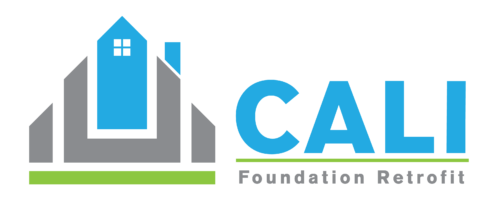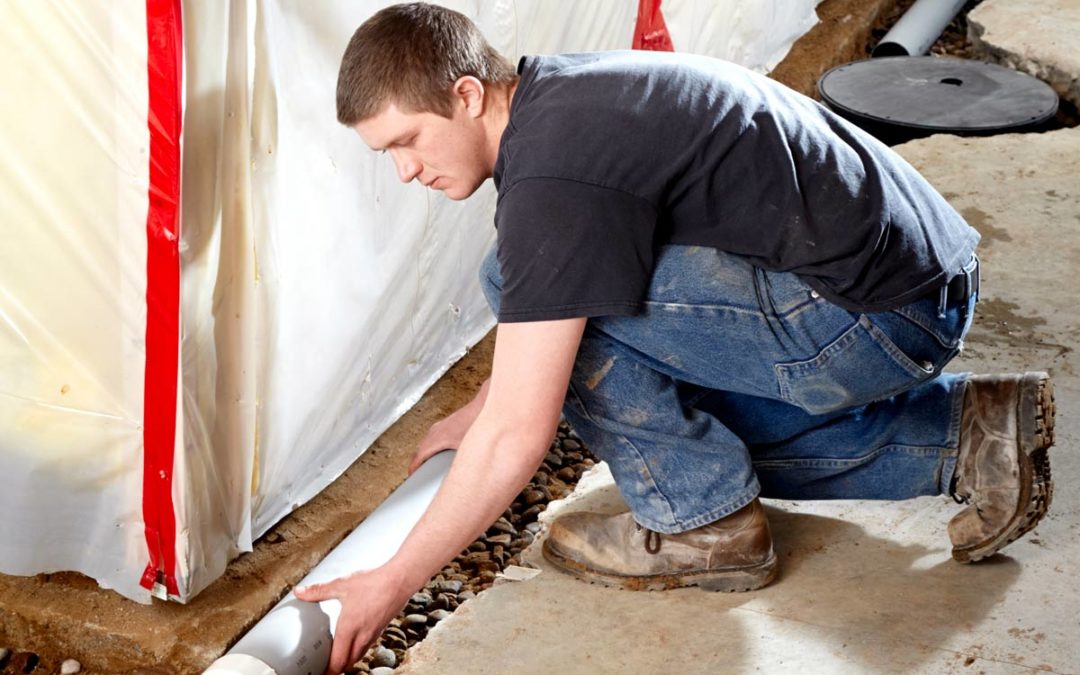Foundation leveling is perhaps one of the most important parts of home building, as it determines the state of your home’s structure and determines how well it withstands natural calamities like earthquakes and floods. If you’re planning on building your home, make sure to go over this step thoroughly with your contractors before construction starts. There are a lot of things that need to be done to ensure that your foundation is laid correctly and down as well as strong enough to withstand future movements and changes in the ground. A lot of foundations start out with a “tear in” where the soil is pulled taut, but then changes happen, and the soil moves. This can result in cracks, foundation movement, and instability for your home.
In order to ensure that your foundation level stays accurate, it’s important to get a foundation leveling footer drain. These drains are installed below the ground and allow any water that might be backing up from your foundation to be directed away from your home. They are an incredibly useful tool in foundation repair and should be considered whenever foundation leveling is concerned.
A footer drain will allow any excess groundwater that might be backing up on your foundation to exit your home and drain naturally. It will also direct excess rainwater away from the foundation as well as away from cracks and weak areas in the foundation. A quality drain will not only help keep excess groundwater out of your basement but will also direct it away from other structures in your home, like your roof. This will ensure that your house is safe from any flooding or water damage.
A footer drain is a good idea if your soil is uneven or has a large amount of compacted soil underneath it that can’t drain. When the soil is compacted, it can’t drain and it can cause your foundation to sink. A drainage system can solve this problem very effectively, and it’s something that you should definitely include in your overall basement waterproofing plan. If you’re having issues with your foundation, then a good set of drainage footer drains will be your best bet for fixing your foundation problems.
A footer drain can be installed by yourself, or you might want to have someone else come in and do it for you. Regardless, it’s always a good idea to have someone level your foundation before you use anything to fix the drainage issues in your basement. Most drain installation kits include everything you need to level your foundation, so you won’t have to worry about installation. In fact, some of these kits include a full-length drain with an adjustable valve for precise drainage level control.
Installing a footer drain in your basement will make a huge difference in the comfort and durability of your foundation. If you need to replace a drainage system part or find a leak in your basement floor drain, then you’ll know exactly where to go to get the problem fixed. Unfortunately, most basements don’t have a reliable water supply and drainage system, so this makes it more likely that leaks will occur. With a footer drain, you can easily remove excess water from your foundation and stop leaks from occurring.
There are many different reasons why your basement floor drain might not be functioning optimally. Poorly sealed drains with blockages, poor footer drains, and sagging drains can all contribute to a leaking foundation. A high-quality footer drain system will be able to remove excess groundwater and stop leaks from occurring. In addition to a better foundation level, you’ll also have better structural building durability due to increased water tightness.
Installing a drain in your basement is a fairly simple project that doesn’t require any expensive contractors. It will improve the comfort level of your home and prevent you from potentially losing all of your belongings in the event of a flood. You may even want to install a second drain if your foundation begins to leak because a footer drain will help drain excess groundwater from your basement. The added benefit of a better foundation level and drainage system is an increase in the overall value of your home.

